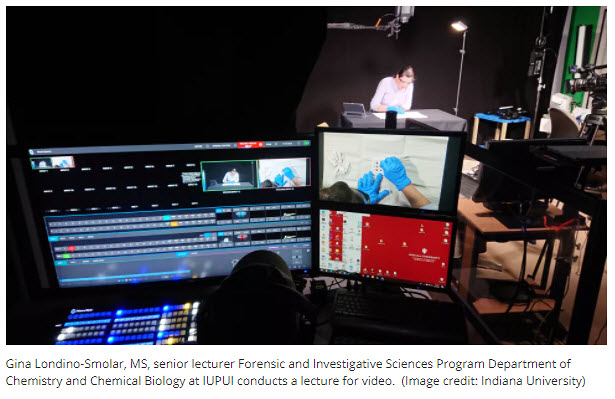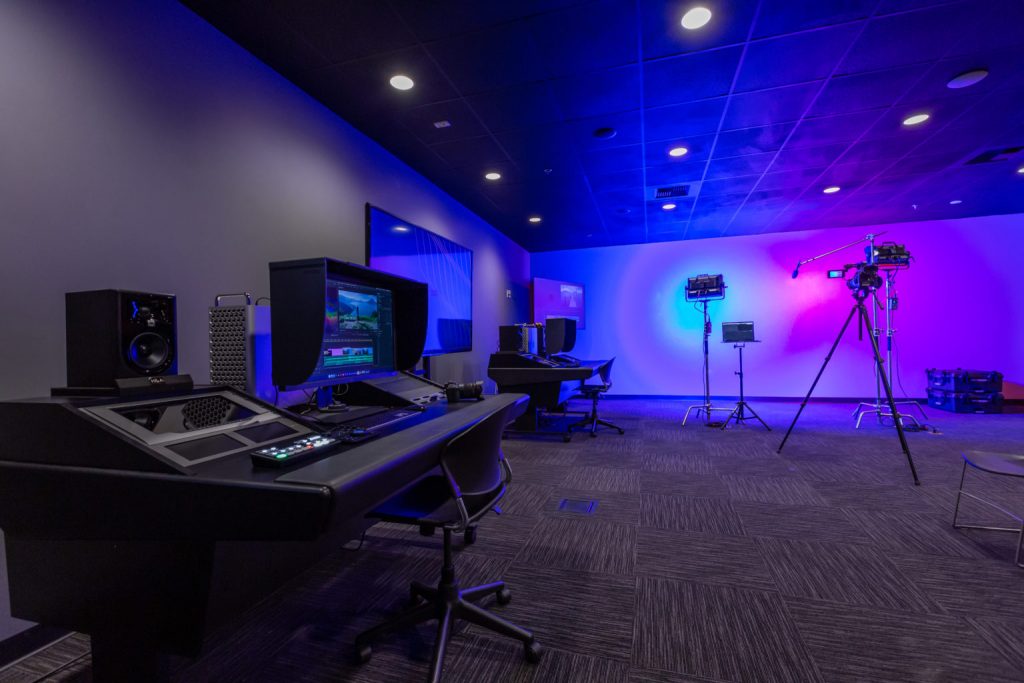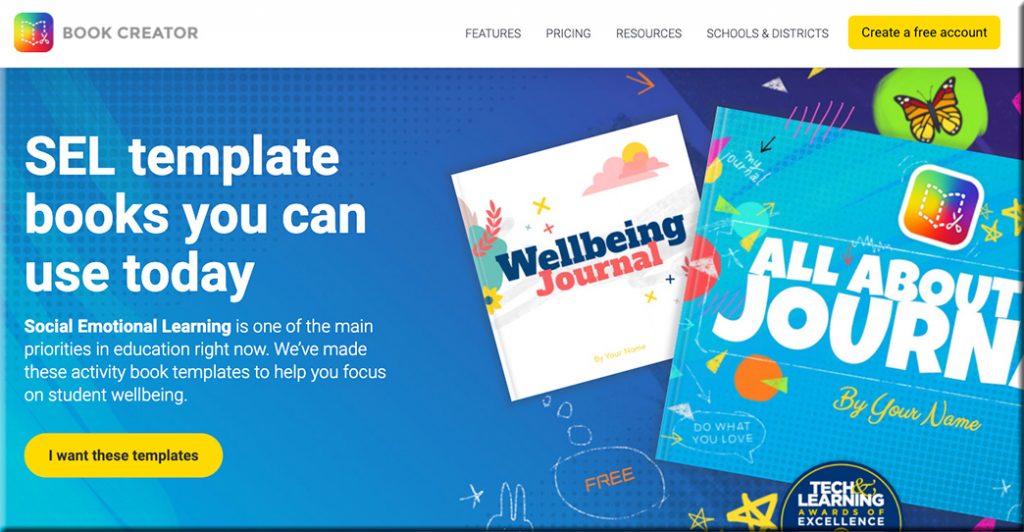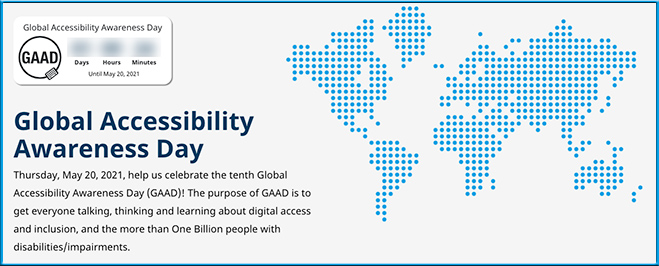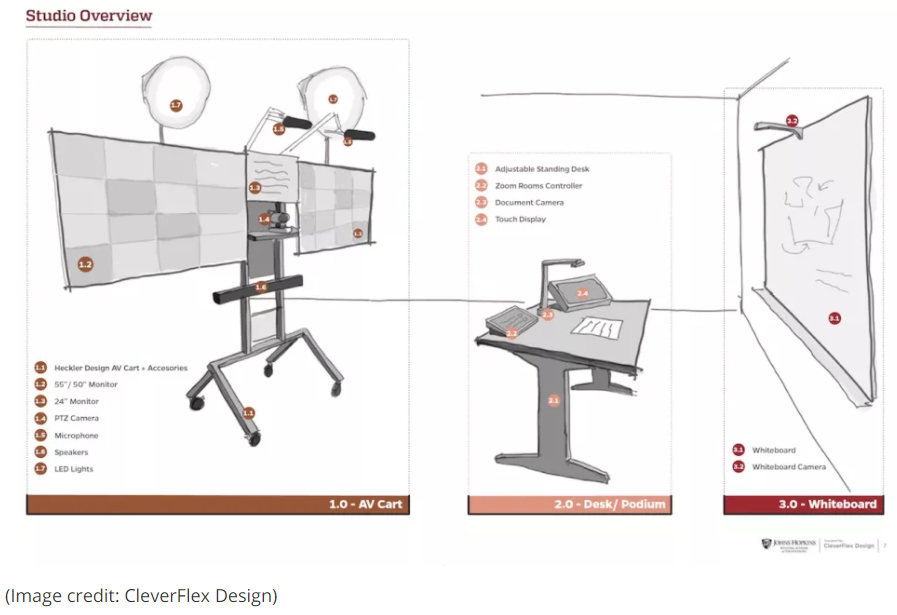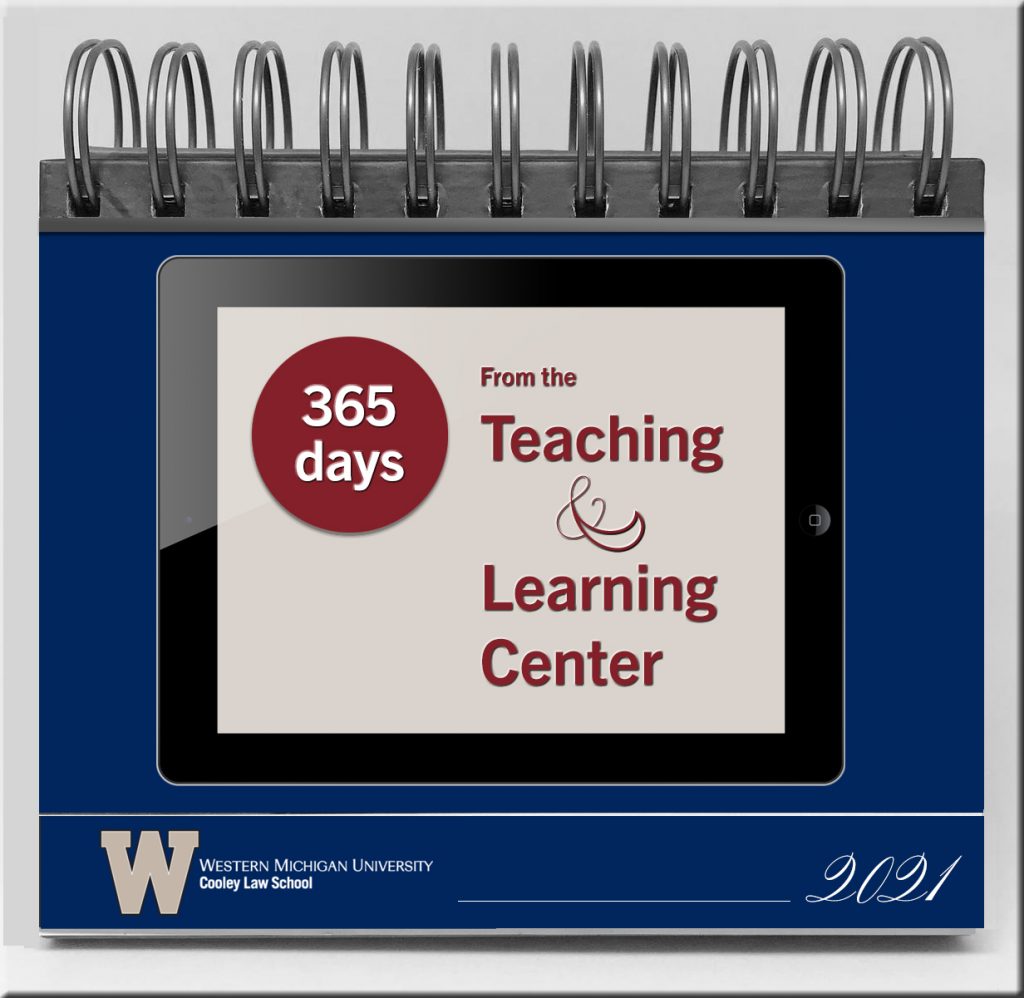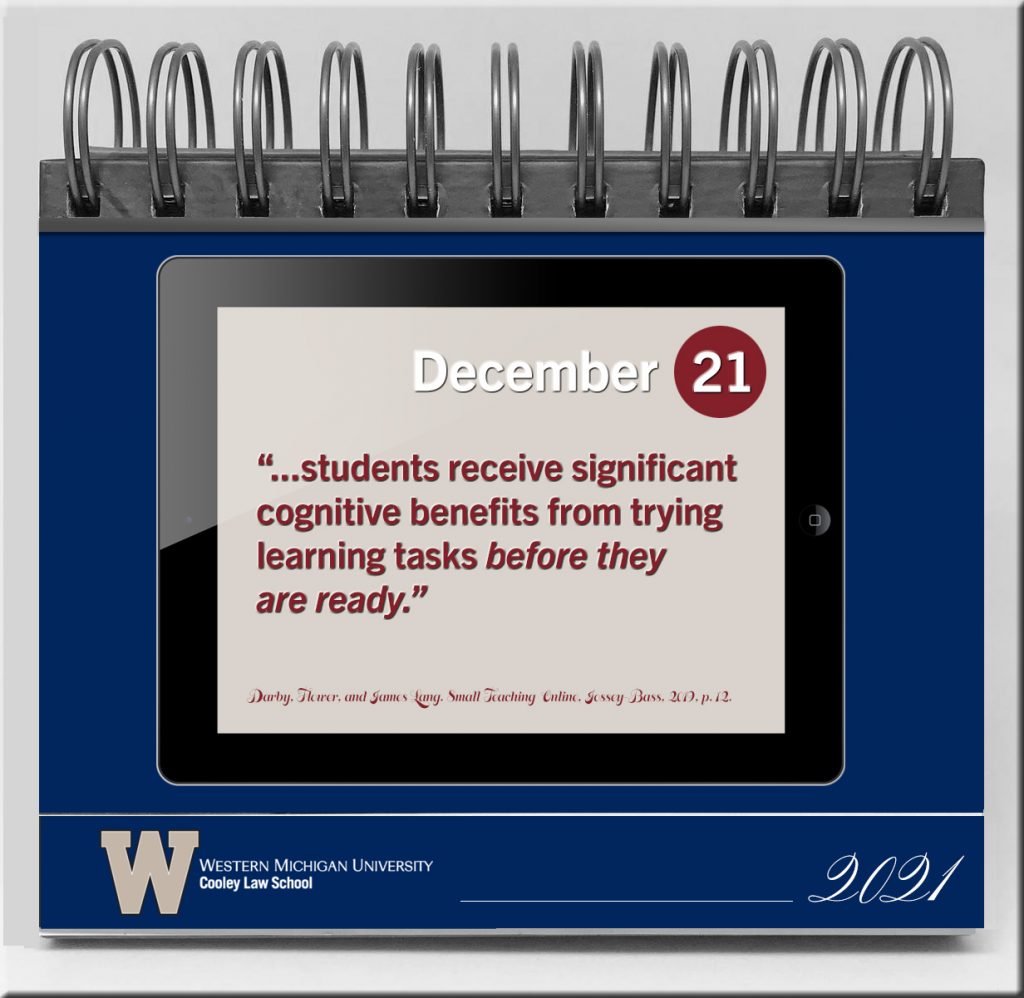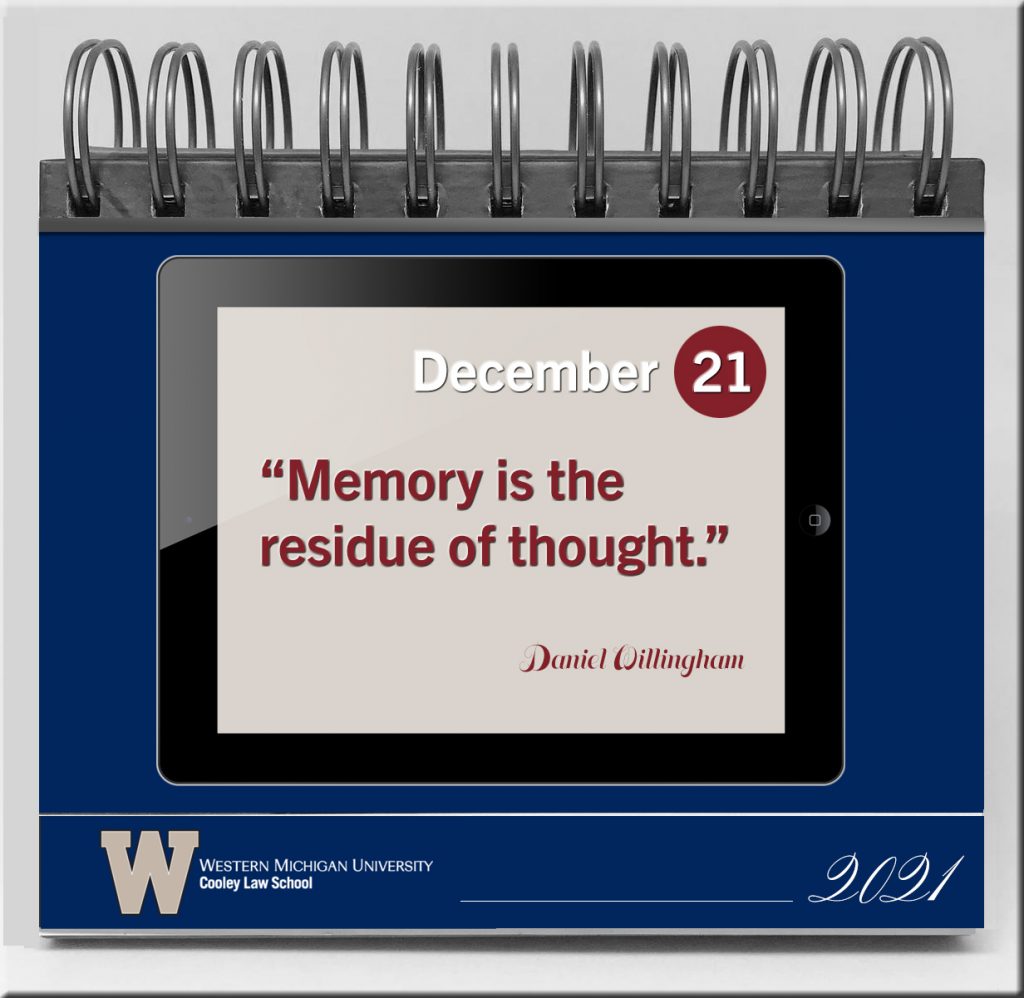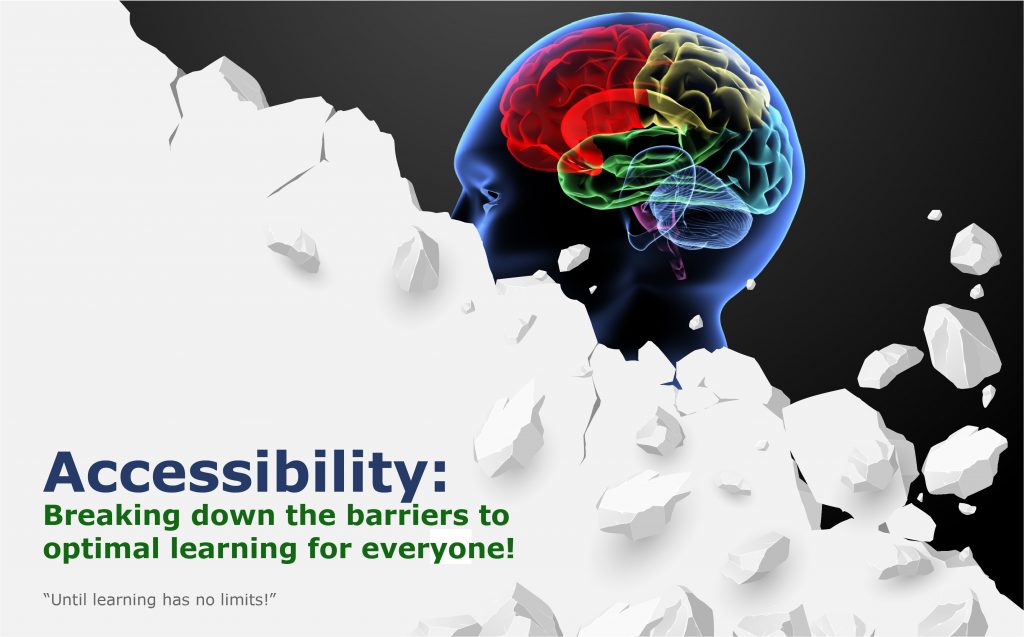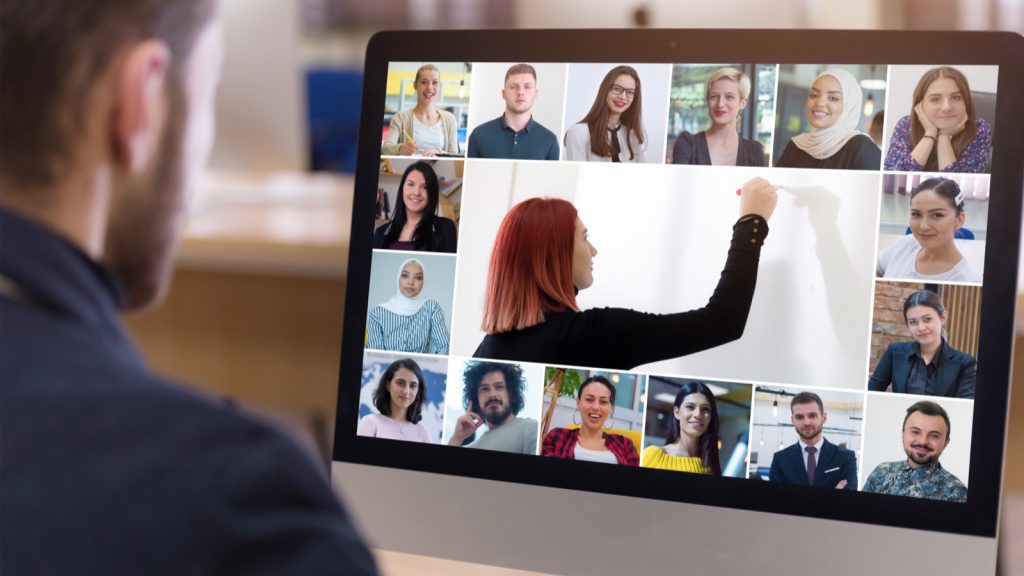Digital upskilling in legal: More than just new technology — from legalexecutiveinstitute.com by Bob Dolinsky; with thanks to Gabe Teninbaum for this resource
Excerpt:
How many law firms have digital upskilling programs for their lawyers and staff members? Based on what I hear and read, very few, if any.
Amazon, for example, recently announced a commitment of more than $700 million to its “Upskilling 2025” program, an internal training initiative designed to promote customer satisfaction and worker advancement. Another example is PwC, which has a digital upskilling program to develop its in-house talent pool called “New world. New skills.” In 2019, PwC announced that it would invest $3 billion into job training for its 275,000 employees around the world, enhancing its workforce and client service delivery to better address emerging digital needs.
The goals of these and similar initiatives is to help ensure that employees have the skills in the digital arena to be successful, to position these organizations as preferred employers, and to provide customer and client service excellence.
Also from Gabe:
“Virtual justice” (the preferred, if unsettling, term) is an emergency response to a dire situation. But it is also a vision some judicial innovators had long tried to realize. One leading booster, Michigan Chief Justice Bridget Mary McCormack, told me that going online can make courts not only safer but “more transparent, more accessible, and more convenient.” Witnesses, jurors, and litigants no longer need to miss hours of work and fight traffic. Attorneys with cases in multiple courts can jump from one to another by swiping on their phones.









